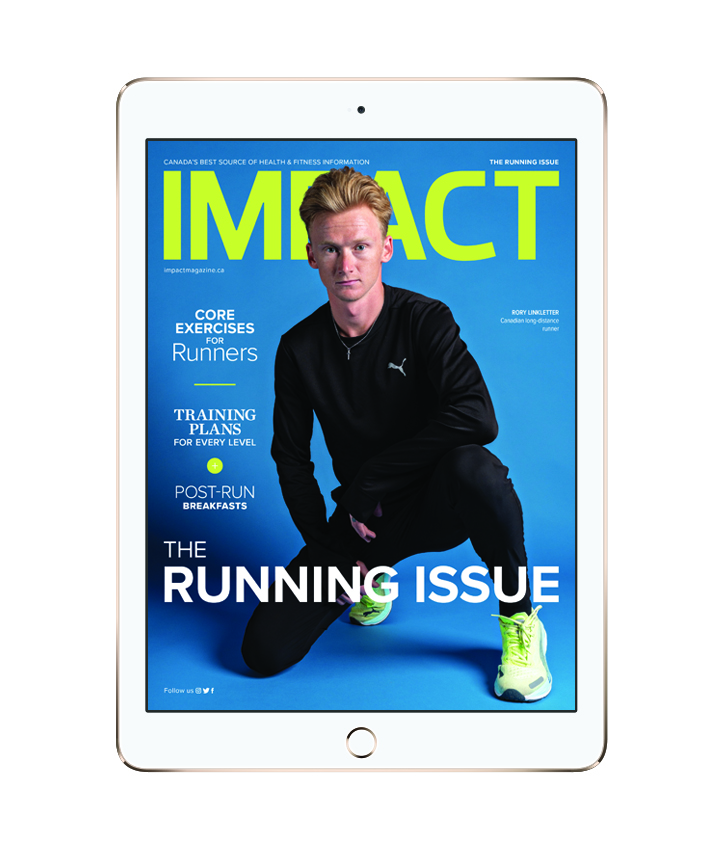
The half-marathon distance isn’t half of anything. The name is deceptive and in my experience the distance has always required an effort more suited for a ‘double 10 km’ than anything else. Training for the distance needs to retain some of the ‘speed’ elements of 10 km training, while also ensuring that the runner is ready for a longer distance.
The 21.1 km program is primarily aimed at intermediate runners who have already been running regularly for at least a few months, have a few races behind them and want to take their training to the next level.
Coaching Tips
KISS (Keep It Simple S…..) – Some training programs describe paces with an alphabet soup of terms—threshold pace, interval pace, lactate threshold pace, etc.—which lends them ‘exactness’ but unnecessary for the beginner or intermediate runner. My program expresses itself in terms of a single measure e.g., HMP, easy, steady (see Legend).
Race your way into shape – Incorporating ‘test races’ into training serve to both test a runner’s fitness—allowing them to adjust their training paces in upcoming workouts—and to add a few extra workouts to the schedule. A time trial at race pace can be substituted if there isn’t a half-marathon on a race calendar. Use these efforts to honestly assess your ‘race fitness,’ both physically and in terms of your perception. If they are faster or easier than expected you can carefully lower your training pace;
if they are slower, adjust your target
pace to be a bit higher.
Ladders are our friend – The program makes use of ladders in two variations: (a) ‘up-and-down’ ladders where the repetition distance starts short, increases to a maximum, then works back down and (b) ‘down’ ladders—in which the maximum distance is the start point and the entire workout works ‘down’ the ladder. The rest period between repetitions can be easy jogging for the same length of time as the previous repetition. The decreasing length of the later repetitions allows the runner to easily maintain pace through the entire workout.
Race pace as a habit – The weekly schedule consists of a rest day, a strength-workout day, a half-marathon pace run, and several easy runs, one of which is a long run. By the time you arrive at the start line you should have experienced enough kilometres at your target race pace that the effort feels both familiar and, in the early kilometres, easy. This only comes from rehearsing
the pace consistently during training.
Legend
HMP – Half-marathon pace is the pace
being aimed for in the target race.
Easy pace – Used in the majority of runs and for warm-ups and cool downs, is conversational pace.
Steady pace – Conversational pace but
any conversation is brief and a bit difficult
Strength – Is a percentage of HMP.
WU – Warm-up.
CD – Cool down.
The program’s Target Paces:
| Target 21.1 km Race Time | HMP min/km | Strength Pace min/km |
| 1:30 | 4:16 | 4:05 |
| 1:35 | 4:30 | 4:19 |
| 1:40 | 4:44 | 4:32 |
| 1:45 | 4:56 | 4:44 |
| 1:50 | 5:13 | 5:00 |
| 1:55 | 5:27 | 5:13 |
| 2:00 | 5:41 | 5:27 |
| 2:05 | 5:56 | 5:41 |
| 2:10 | 6:10 | 5:55 |
| 2:15 | 6:24 | 6:08 |
| 2:20 | 6:38 | 6:22 |
Download a PDF of the training Plan How to Take the Half-Marathon to the Next Level
You may also like: 16 Weeks to Your Best Marathon Time

Read This Story in Our 2023 Running Issue
Featuring Rory Linkletter, Canadian long-distance runner. Add to your bucket list with the top Destination Marathons Around the World. Train for 10 km right up to a marathon – plus a 70.3 program. Increase your strength and work your core with Canada’s Top Fitness Trainers. Enjoy plant-based, post-run breakfasts and so much more.
















